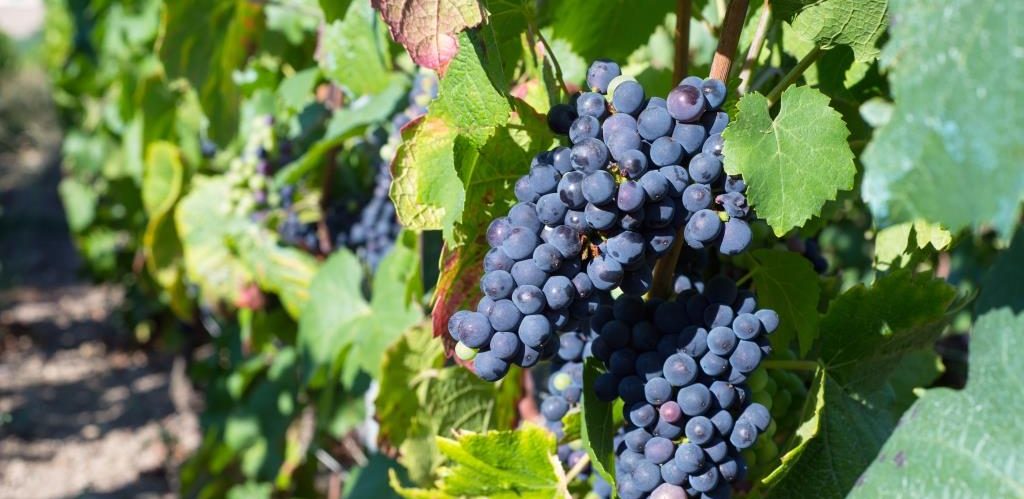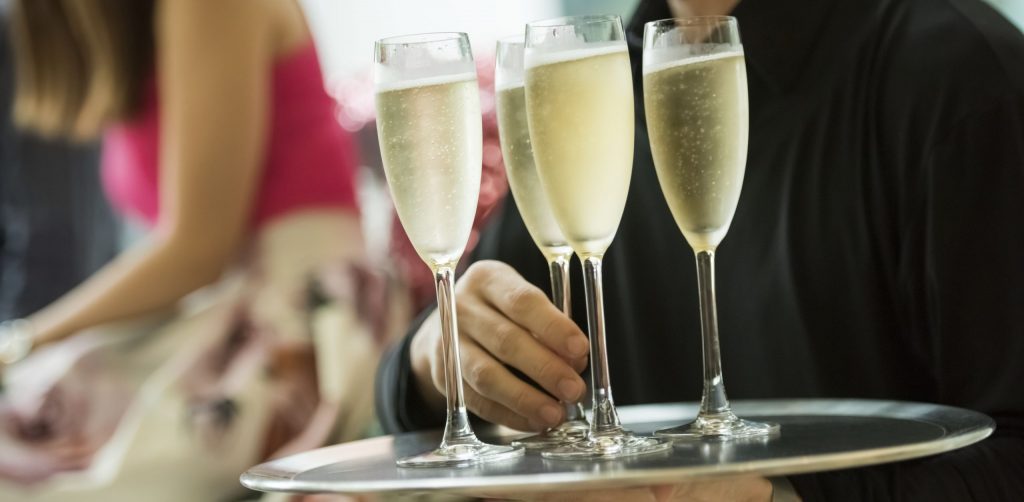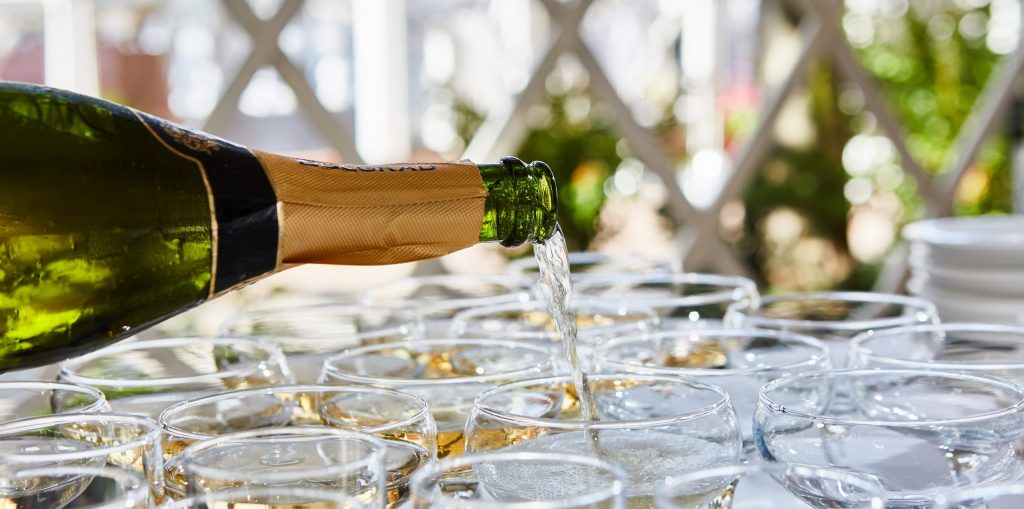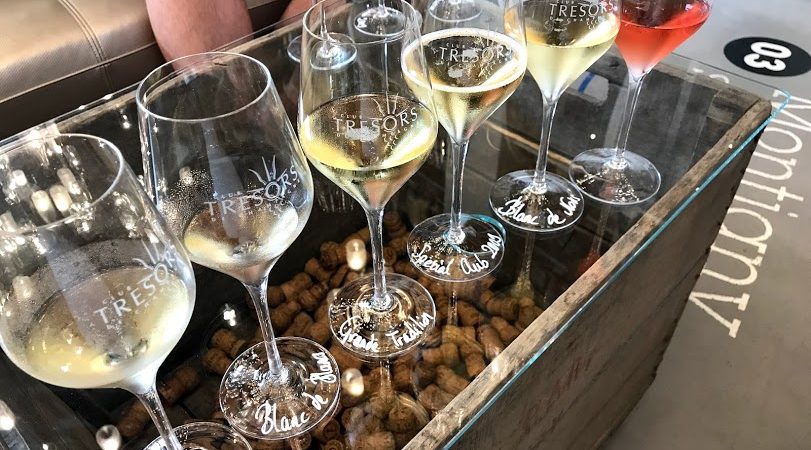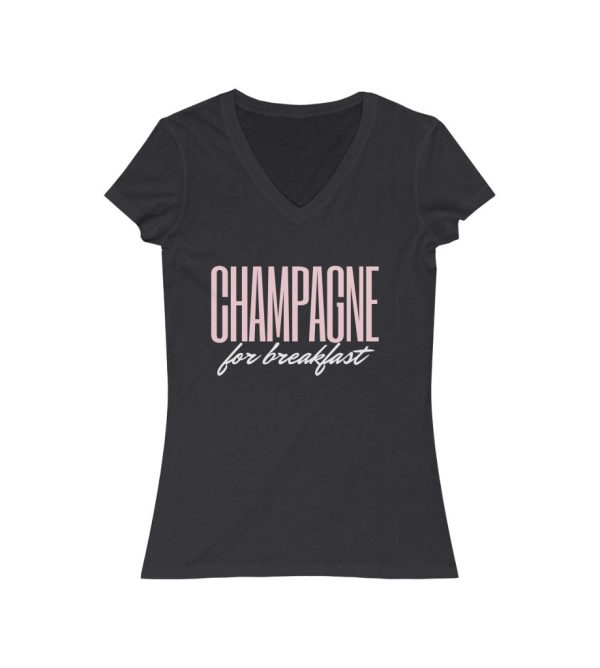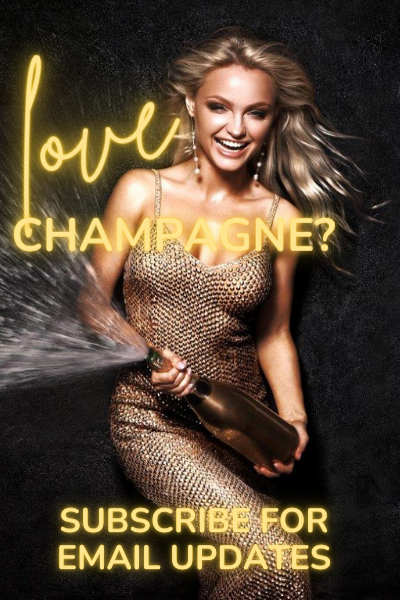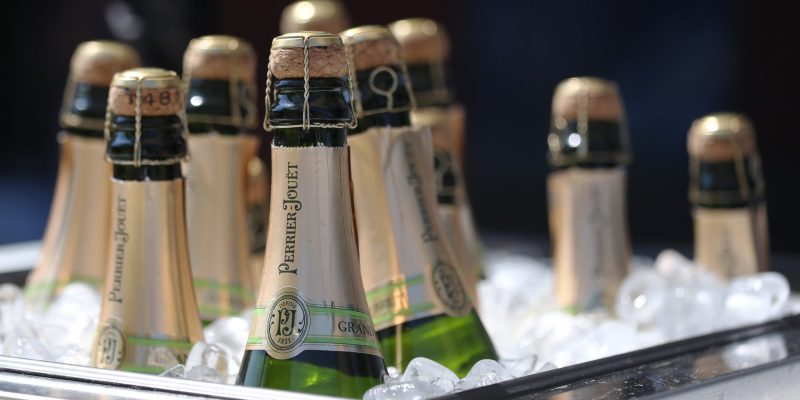
Non-Vintage (NV) Champagne
Non-vintage champagne (or NV champagne) is known as the house style, its signature taste. NV champagne is blended for consistency so that it tastes the same every single year.
Non-vintage champagnes…
- Account for 80-90% of all champagnes produced
- Will include the grapes of more than one harvest (or year) carefully blended to achieve the signature taste
- Are the most common type of champagne… and the most affordable
- But arguably require the most skill (or artistry) to blend
Why? Because each year’s harvest is influenced by the weather. This means every years’ harvest can produce dramatically different tasting grapes or dramatically fewer grapes. Hot years will produce riper grapes with lower acidity, and sometimes the grapes are too ripe to use. On the other extreme, frosts or hail can destroy crops meaning less champagne can be made that year… the worst, I know!
All those factors make it very hard to produce a champagne that tastes the same every year.
Non-vintage champagne is a blended beauty
Luckily, the winemakers are very clever and can work with the seasonal variations and still make the non-vintage champagne taste exactly the same every year.
They do this by blending…
- the grape varieties… with various percentages of chardonnay, pinot noir and pinot meunier grapes
- the vintages… using at least two or as many as ten year’s reserve wines blended together
- the cru… the terroir and climate throughout Champagne are subtly different. This means the grapes from different crus (or villages) are also slightly different. Grapes from one or more crus are blended together to realise the house style or to compensate for harvest differences across the region. For example, if storms or hot weather only affected the southernmost villages, they would compensate by sourcing grapes from an unaffected area.
Homework assignment #Champagneschool
Let’s look at some examples. There are simply too many to name but…
Charles Heidsieck is arguably one of the finest NV champagnes ever made.
It is made from grapes from 60 crus, using 40% reserve wines (50% Pinot Noir, 50% Chardonnay) which are up to 15 years old, as well as 1/3 of each grape variety from the wines of the harvest year. As an NV, it is aged for a minimum of six years.
Veuve Clicquot Brut Yellow Label NV has been a sentimental favourite of mine for at least 15 years. I alwayslove that famous VC house style.,that is blended from grapes from as many as 50 to 60 different Crus, using 50 to 55% Pinot Noir, 15 to 20% Meunier and 28 to 33% Chardonnay (which varies year to year depending on conditions). VC draws on 25-40% reserve wines from 5-6 harvests up to around nine years old.
The genius of chef de caves… we thank you!
This shows just how important the mastery, vision and creativity of the Chef de Caves and their teams are in making champagne.
While a lot of champagne production has been automated over the years, a machine will never be able to blend wines. It is now, and always will be, an entirely human and sensory process that is genius as both art and science.
Non-vintage Champagne Fast Facts:
- Any non-vintage champagne must still spend at least 15 months maturing in the cellars. Most houses will cellar their NVs for 2-3 years.
- Non-vintage champagne should only be kept for around 3 years. NV champagnes are generally the only champs which contain pinot meunier grapes (there are a few exceptions for vintages ), which are known to peak pretty early (they ripen on the vine earlier than chardie and pinot noir).
Make sure you post a pic and tag @bubbleandflute #Champagneschool to let me know you’re doing your homework and what you think!
Bubble & Flute promotes the responsible consumption of alcohol for individuals of legal drinking age in their country.
